Namor – the powers, enemies, and comic book history of the Black Panther: Wakanda Forever star
Namor is finally coming to the MCU, after more than 80 years in Marvel Comics
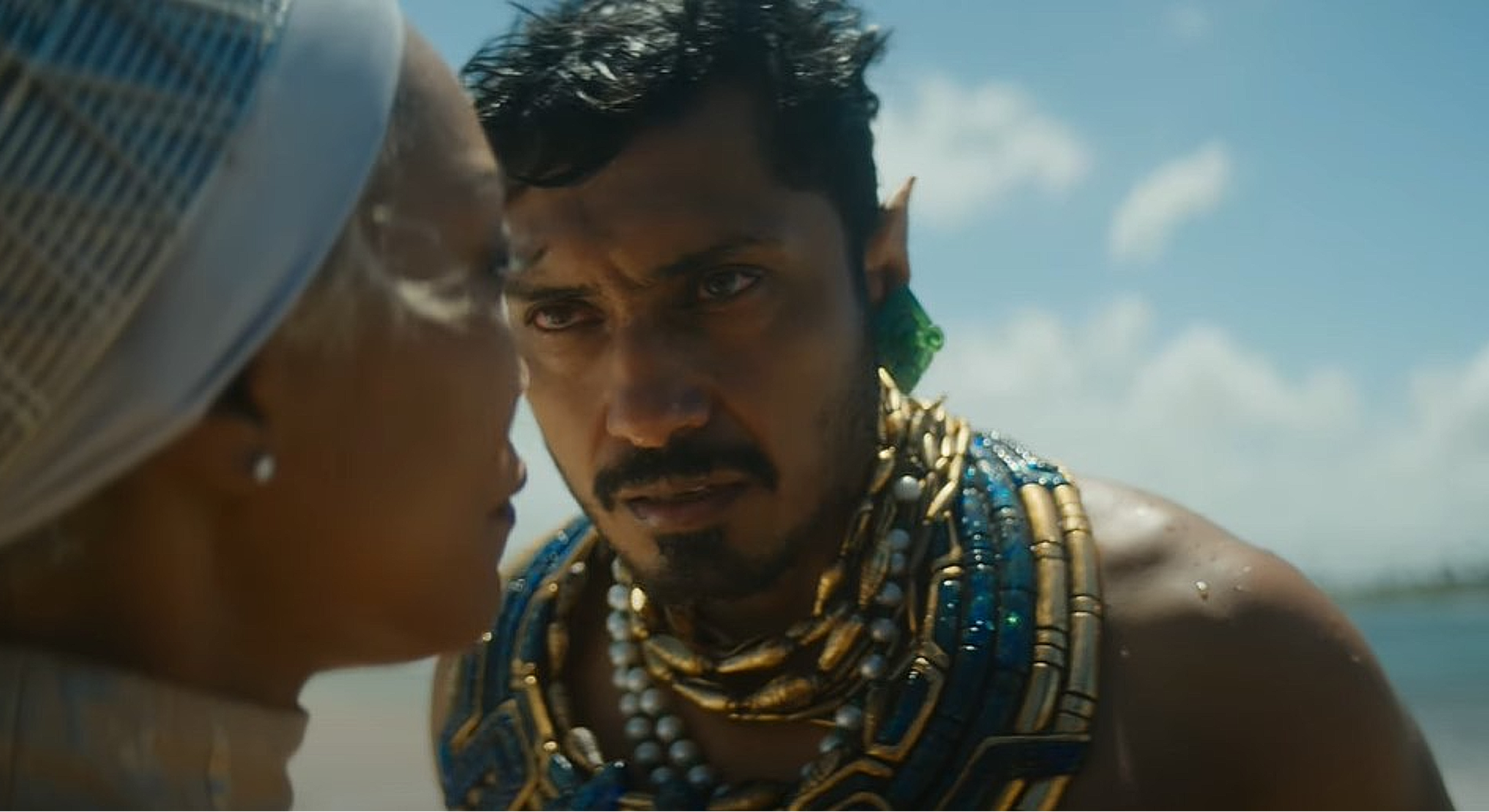
Namor the Sub-Mariner has officially made his MCU debut in Black Panther: Wakanda Forever, played by actor Tenoch Huerta. And his first live-action adaptation is a long time coming since he's one of Marvel's oldest characters: Namor debuted in 1939's Marvel Comics #1.
In story terms, he's also considered Marvel's first mutant - meaning the first mutant character to appear in print. Other mutants are chronologically older in the Marvel Universe, and characters like the original X-Men and Magneto appeared before Namor was retroactively established as a mutant some 25 years after his creation. And in his more than 80 years of stories, Namor has also been a hero, a villain, a king, an outlaw, and much more.
Namor has one of Marvel's deepest (pun intended) legacies in the Marvel Universe, predating even his longtime associates the Fantastic Four, and almost reaching the point of being a household name without ever having his own solo starring show or any live-action appearances ever.
What's more, he's got personal connections to everyone from the aforementioned Fantastic Four, to the Avengers, the X-Men, the Invaders, the Defenders, and dozens of other heroes already in the MCU and still waiting in the wings.
We've already revealed some of Namor's comic book secrets and explored the history between his comic book kingdom of Atlantis and the Black Panther's home of Wakanda, but now we'll head out of shallow waters for a deep dive into the history of Namor himself.
Who is Namor, the Sub-Mariner?
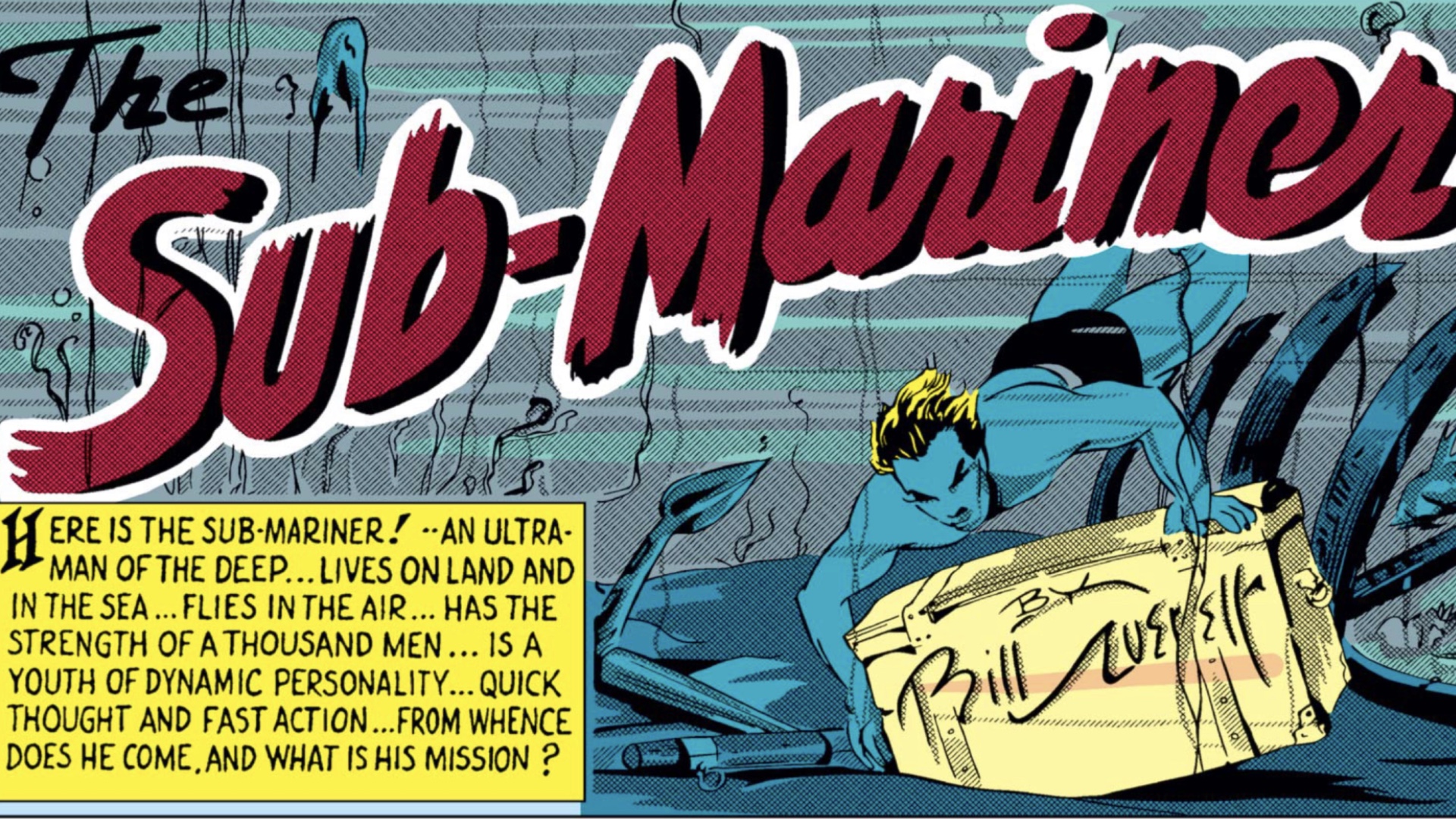
Introduced by writer/artist Bill Everett in 1939's Marvel Comics #1 (which was published back when the company still went by the name Timely Comics), Namor is the long-lost prince of the sunken Kingdom of Atlantis. Born to a human father and an Atlantean mother, Namor learned of his heritage in his youth and retreated into the ocean where he learned to shun surface dwellers for their treatment of his home environment.
(By the way, the name 'the Sub-Mariner' goes all the way back to Namor's first appearance, and literally means a person who travels underwater.)
Get the best comic news, insights, opinions, analysis and more!
If that sounds like Aquaman's backstory, you're not wrong - however, Namor beat Aquaman to the page by two years, with Arthur Curry debuting in 1941, though Namor's home kingdom wasn't identified as Atlantis until 1961.
Still, that similarity is likely one of the reasons Marvel Studios has changed Namor's home from Atlantis to a new sunken city named Talocan, based on Tlālōcān, the domain of the Aztec storm god in indigenous Mexican mythology.

Back to comics, Namor debuted as something of an anti-hero right off the bat. More angry and violent than many other superheroes, Namor held a grudge against the surface world that led him to challenge the original Human Torch, who also debuted in 1939's Marvel Comics #1, in the first-ever Marvel crossover and the first fight between two Marvel heroes.
After the dust settled, Namor and the Human Torch joined forces with Captain America as the 'All-Winners Squad,' a team that was renamed the Invaders when their stories were revisited in a modern context in the late '60s. He even had his own spin-off character, a cousin named Namora, who also appears in Wakanda Forever as a fellow Atlantean.
Like many superheroes who debuted in the Golden Age of the '30s and '40s, Namor disappeared from comics throughout the '50s, when the superhero craze was at a lull thanks to public outcry over the perceived bad influences of comic books. But when Jack Kirby and Stan Lee created the Marvel Universe starting in 1961's Fantastic Four #1 - which included a new version of the Human Torch in its line-up - Namor was quick to follow, first encountering the team in 1962's Fantastic Four #4.
That appearance, in which Namor becomes enamored of Sue Storm, the Invisible Woman, set the tone for the fraught and ever-shifting relationship between Namor and the FF that continues to this day.

In his early Marvel Universe appearances, Namor was almost unequivocally a villain, going so far as to team up with the FF's nemesis Doctor Doom, forming a tenuous partnership that has continued off-and-on ever since. He also teams up with Magneto in 1964's Uncanny X-Men #6, the first story in which his mutant nature is revealed, with mutant powers of flight (granted by the wings on his ankles, which are actual wings), super-strength, and invulnerability even beyond the naturally enhanced physique of other Atlanteans.
Namor's ankle wings, which feature heavily in the new Black Panther: Wakanda Forever trailer, grant him the ability to fly at high speeds for indefinite periods. In the comics, he often uses them to burst out of the water and smash into enemies at full strength. This, partnered with his ability to telepathically control sea life and even other Atlanteans, gives him a huge advantage against his foes.
When Namor got his own feature in the anthology title Tales to Astonish in 1965 and a subsequent 1968 Prince Namor, the Sub-Mariner solo title, his complicated nature as an anti-hero was reestablished. Those stories focused on his quest to return to Atlantis and re-establish his rule, pitting him against villains such as Attuma (who is a fellow citizen of Talocan in Wakanda Forever), the mutated Tiger Shark, and other Atlantean schemers and traitors.
This title also introduced another spin-off character, Namorita, a clone of Namor's cousin Namora (there's a tongue twister…), as well as Namor's royal catchphrase "Imperius Rex!".
Namor in the Marvel Universe
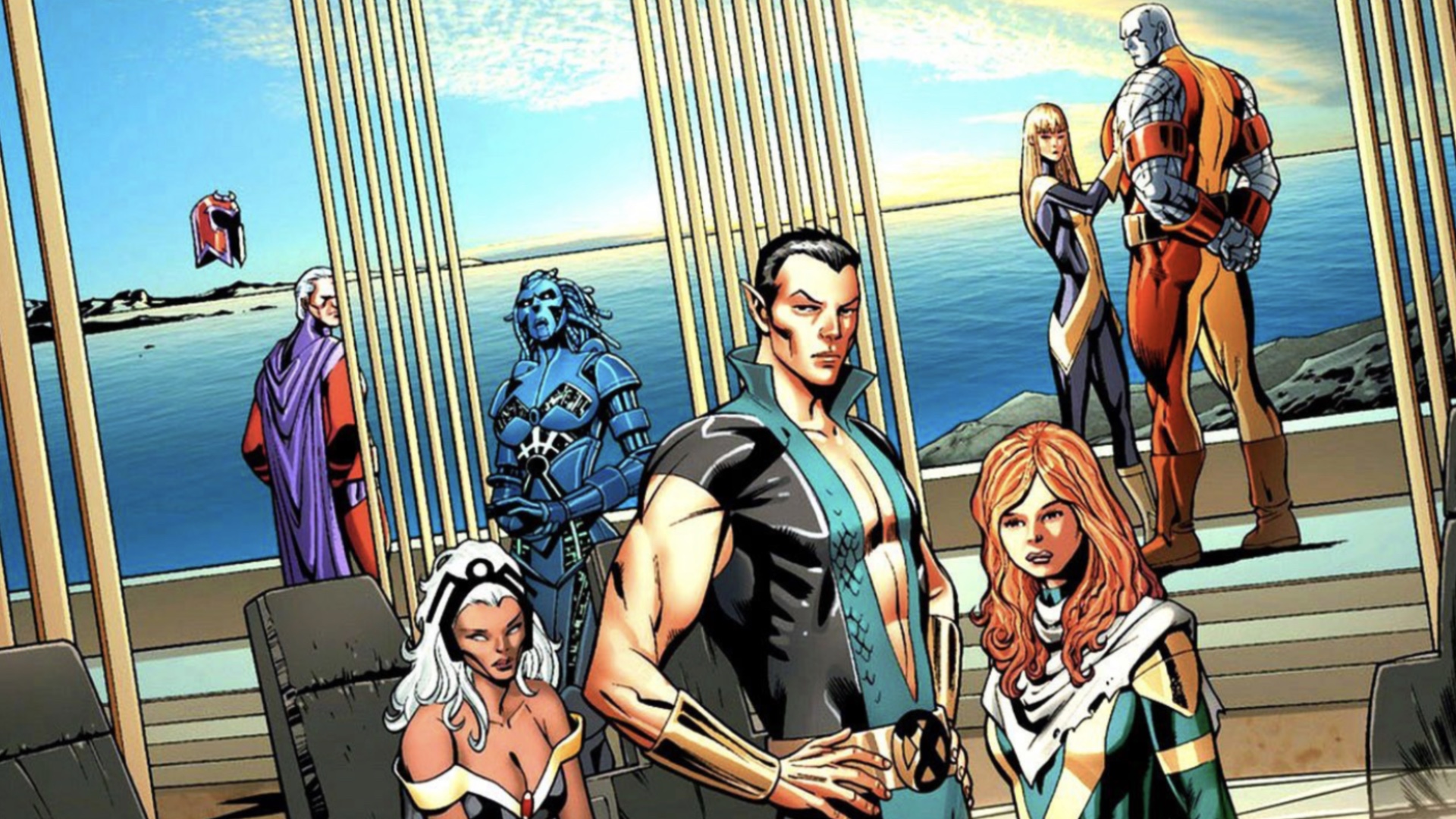
In the late '60s, Namor had his first big hero team-up co-founding the Defenders alongside Doctor Strange, the Hulk, and Silver Surfer - an odd sort of 'non-team' whose members only came together when needed, unlike the Fantastic Four, X-Men, or Avengers, all of whom often live together in a single headquarters and spend their non-hero time together.
Namor would come and go from the team through the '70s, but by the end of the decade, he had once again united with Doctor Doom in the title Marvel Super-Villain Team-Up - though he betrayed Doom by the story's end.
This is also the era when Namor took on the first version of his black jumpsuit costume, which has come and gone in a few different iterations since - including his current comic book outfit.

In the '80s, Namor became a long-running member of the Avengers in a line-up that also included recent MCU inductees She-Hulk, Black Knight, Hercules, and Monica Rambeau. That era, primarily created by writer Roger Stern and artist John Buscema, involved a long-term conflict between the Avengers and Kang the Conqueror and established much of the mythos that defines Kang in modern stories.
Somewhere along the way, Namor also joined up with the secret superhero society the Illuminati, who were retroactively added in behind the scenes in several key Marvel stories, with their actions being revealed as having impacted the direction those stories took.
Alongside several stints on the Defenders and Avengers through the years, Namor has also reunited with the Invaders a few times - though the last time the Invaders got back together in their own 2019 title, Namor was actually the antagonist.
In the lead-up to the 2012 event story Avengers Vs. X-Men, Namor joined the X-Men, prompting further exploration of his mutant nature, as well as revealing a hidden history between Namor and Emma Frost. Namor's time with the X-Men reached its peak in Avengers Vs. X-Men in which he was one of five mutants to absorb a portion of the Phoenix Force, igniting the war between Atlantis and Wakanda.

Shortly after AvX, Namor found himself once again allied with both the Illuminati - now including his newfound rival the Black Panther - as well as Doctor Doom, all of whom were searching for a way to prevent the collapse of the Marvel Multiverse through 'Incursions' (a term you might have heard in Doctor Strange in the Multiverse of Madness) where two worlds crossover and destroy each other. That saga ended in Secret Wars, in which the Marvel Multiverse was destroyed and rebuilt.
More recently, Namor has once again joined the Avengers - but not before challenging the team as their enemy in the story 'Enter the Phoenix,' in which he tried to recapture the Phoenix Force through a tournament meant to find it a new host.
(Echo, star of her own upcoming MCU Disney Plus streaming series, wound up winning and is the current Phoenix).
Currently, Namor is once again starring in his own limited series titled Namor, the Sub-Mariner: Conquered Shores, in which he rules over a post-apocalyptic world that is covered in water.
Namor in the MCU
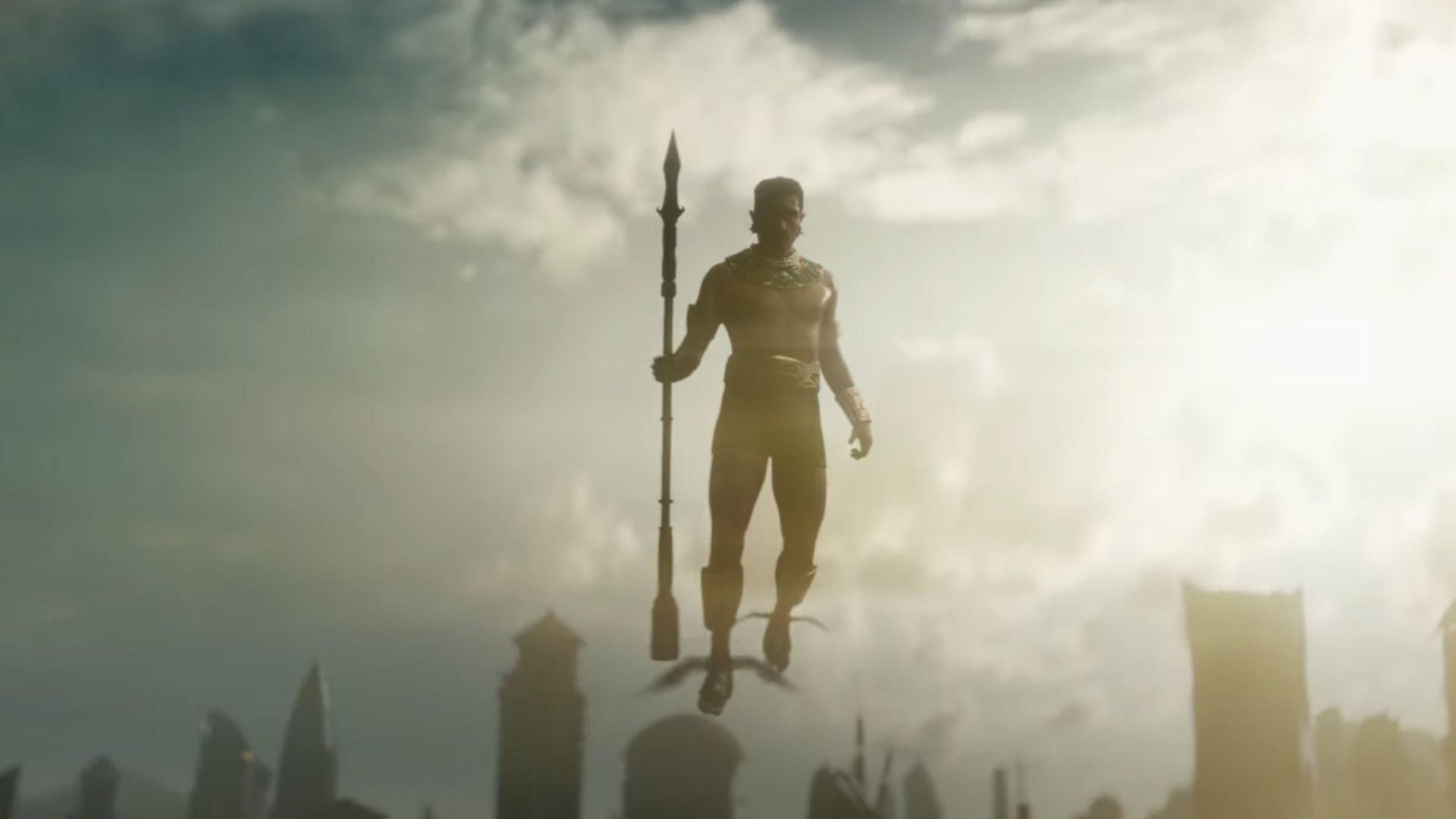
Oddly, even though Namor is one of Marvel's oldest and most storied characters, he's never made it into a movie before. He's been one of the most demanded characters for fans for years, and now he's finally come to the MCU as the villain of Black Panther: Wakanda Forever, played by actor Tenoch Huerta.
As we stated previously, Namor has undergone a few changes in his adaptation to the MCU - primarily, the kingdom of Atlantis has been adapted as Talocan, a similar sunken city based on Aztec mythology that lines up with actor Huerta's own Mexican ancestry.
This includes a change in locale for Talocan, which is naturally depicted somewhere off the coast of Central America thanks to its Aztec influences, which are fully on display in the costume and set design for Talocan and its inhabitants - Namor included.
That said, aside from the addition of Talocan-style accents, Namor's look from his pointed ears, to his ankle wings, to his green trunks, to, dare we say, his smoldering intensity. He's even officially a self-described mutant in the MCU, though he describes his mutation as occurring after his mother ate a Vibranium-infused plant while he was in the womb.
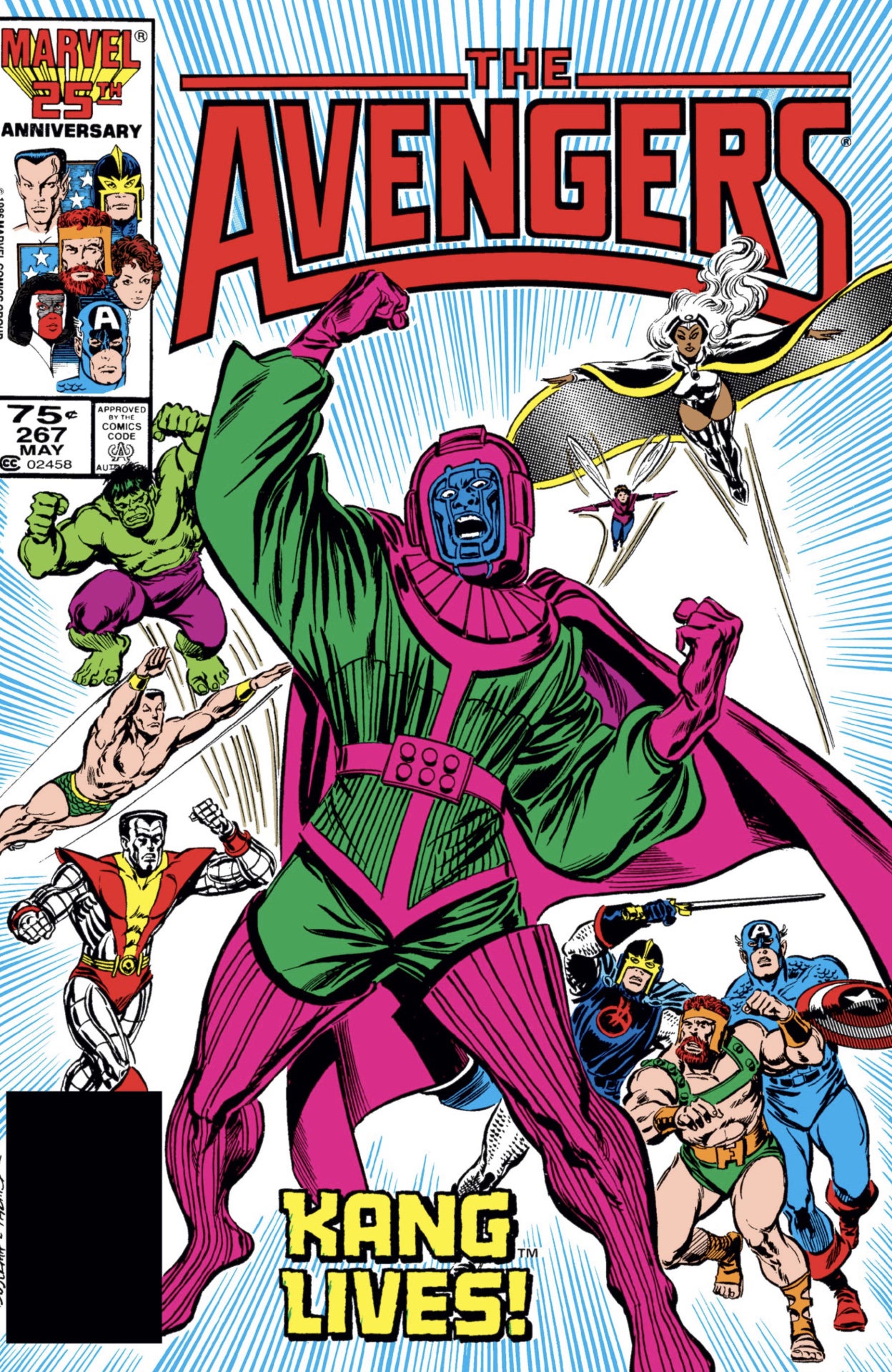
Now that Namor is in the MCU, we're hoping it won't be for a one-off appearance. After all, his history with the Fantastic Four, Avengers, Invaders, Defenders, and X-Men makes him one of the rare characters who has been a part of nearly every single franchise in the Marvel Universe (if there's a version of the EGOT for Marvel teams, Namor's got it).
So what we're saying is, there's a ton of ground to cover with Namor for any number of MCU stories to come - fitting, for one of the first Marvel Comics characters ever.
Before Wakanda Forever, read some of the best Black Panther comics ever.
I've been Newsarama's resident Marvel Comics expert and general comic book historian since 2011. I've also been the on-site reporter at most major comic conventions such as Comic-Con International: San Diego, New York Comic Con, and C2E2. Outside of comic journalism, I am the artist of many weird pictures, and the guitarist of many heavy riffs. (They/Them)
- Samantha PucEditor, Newsarama



